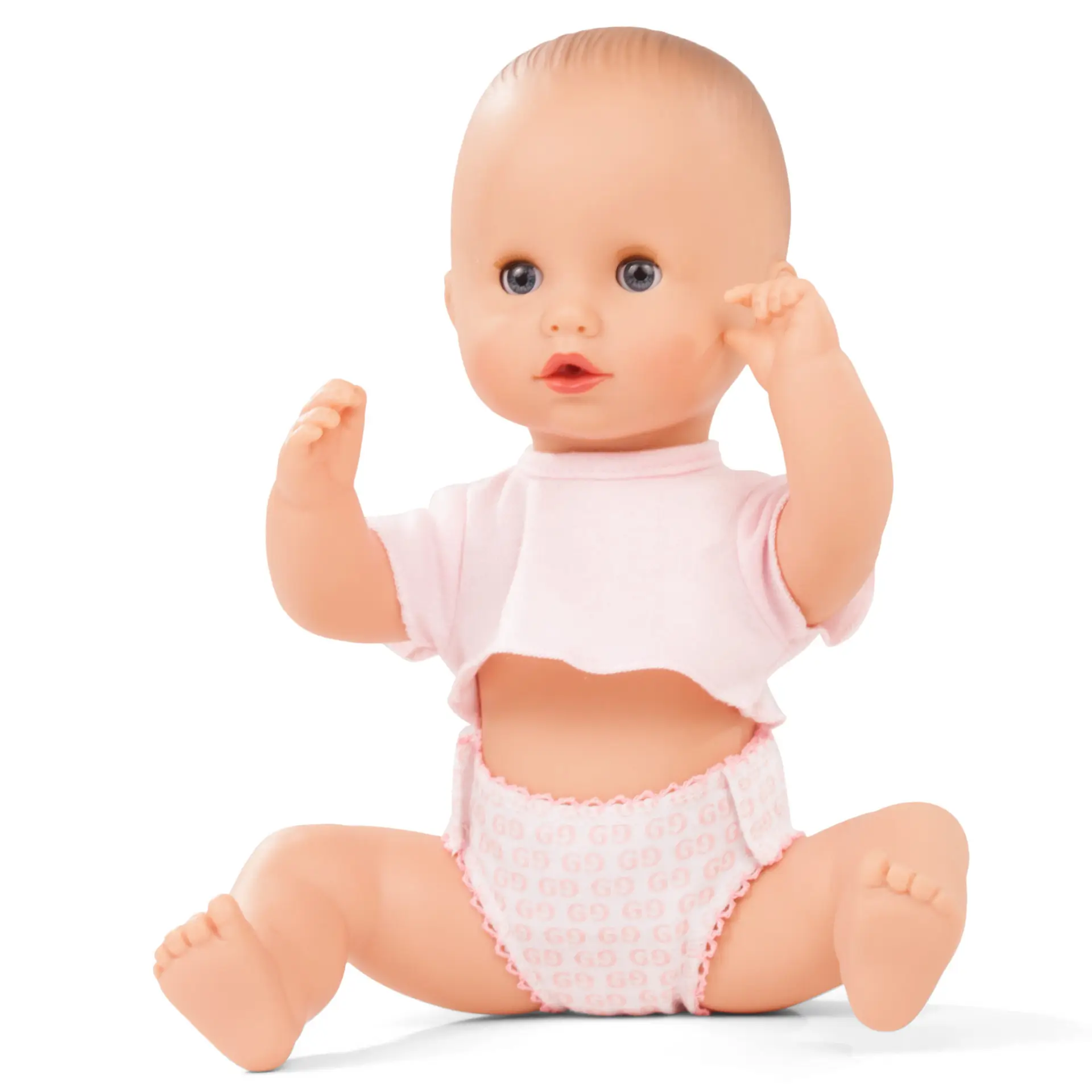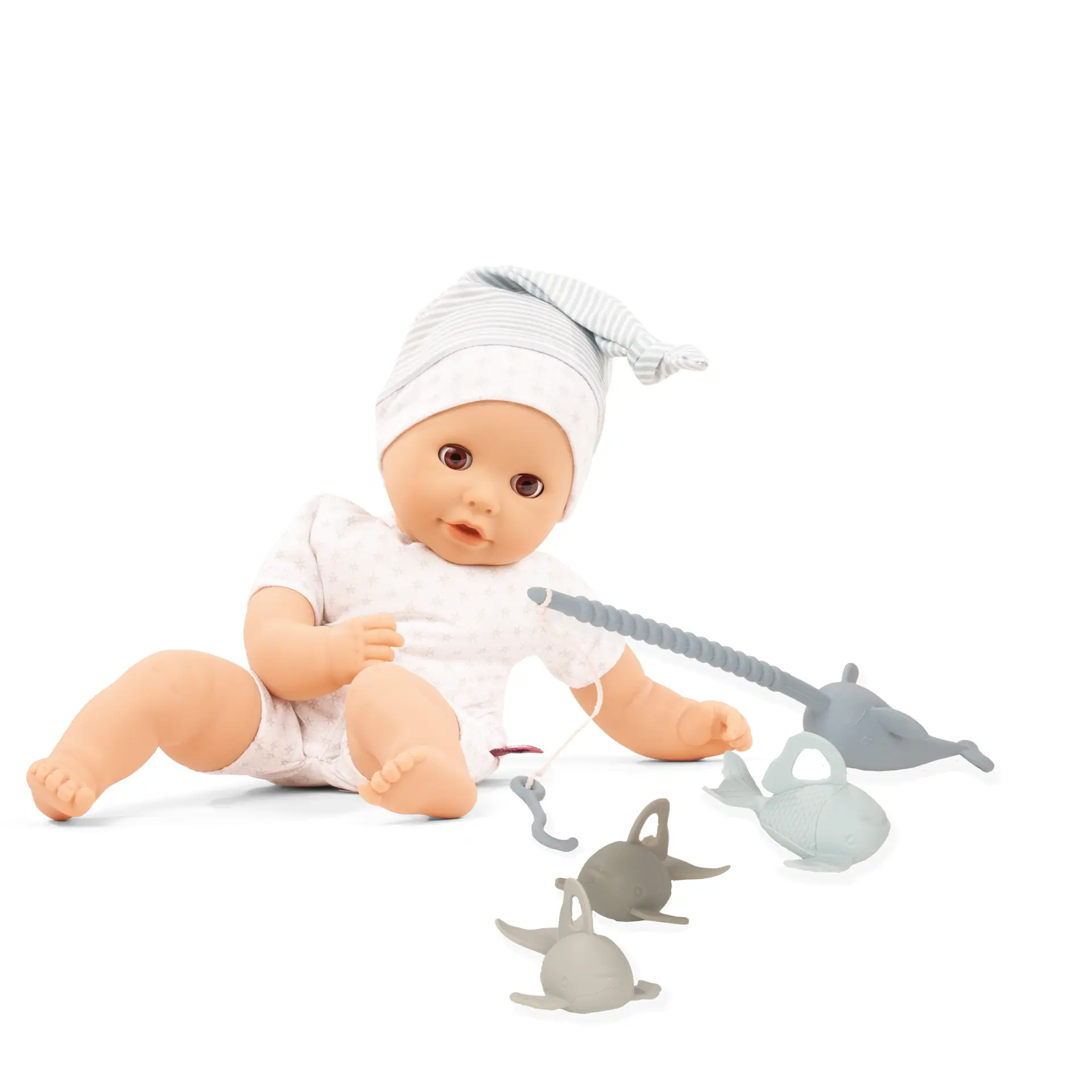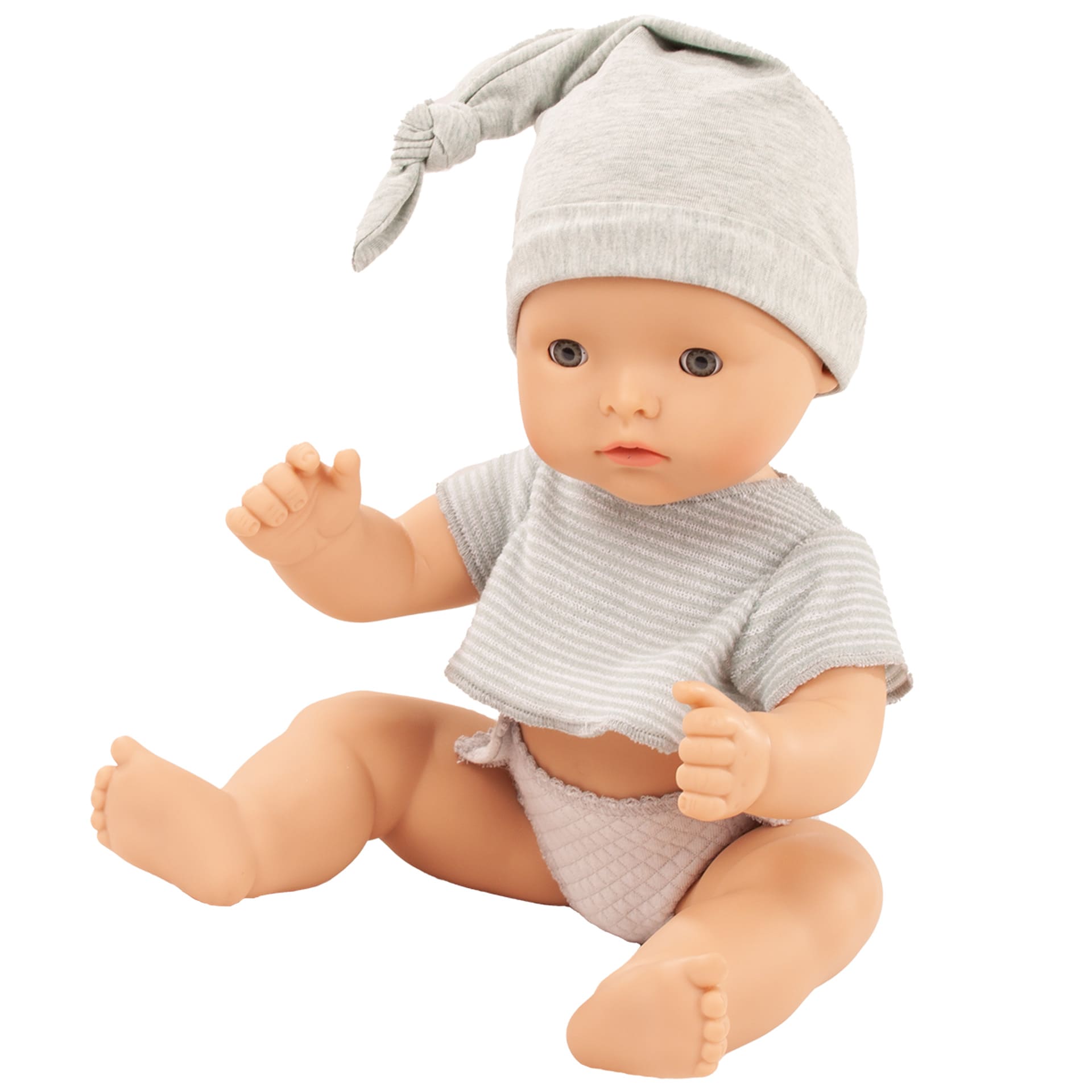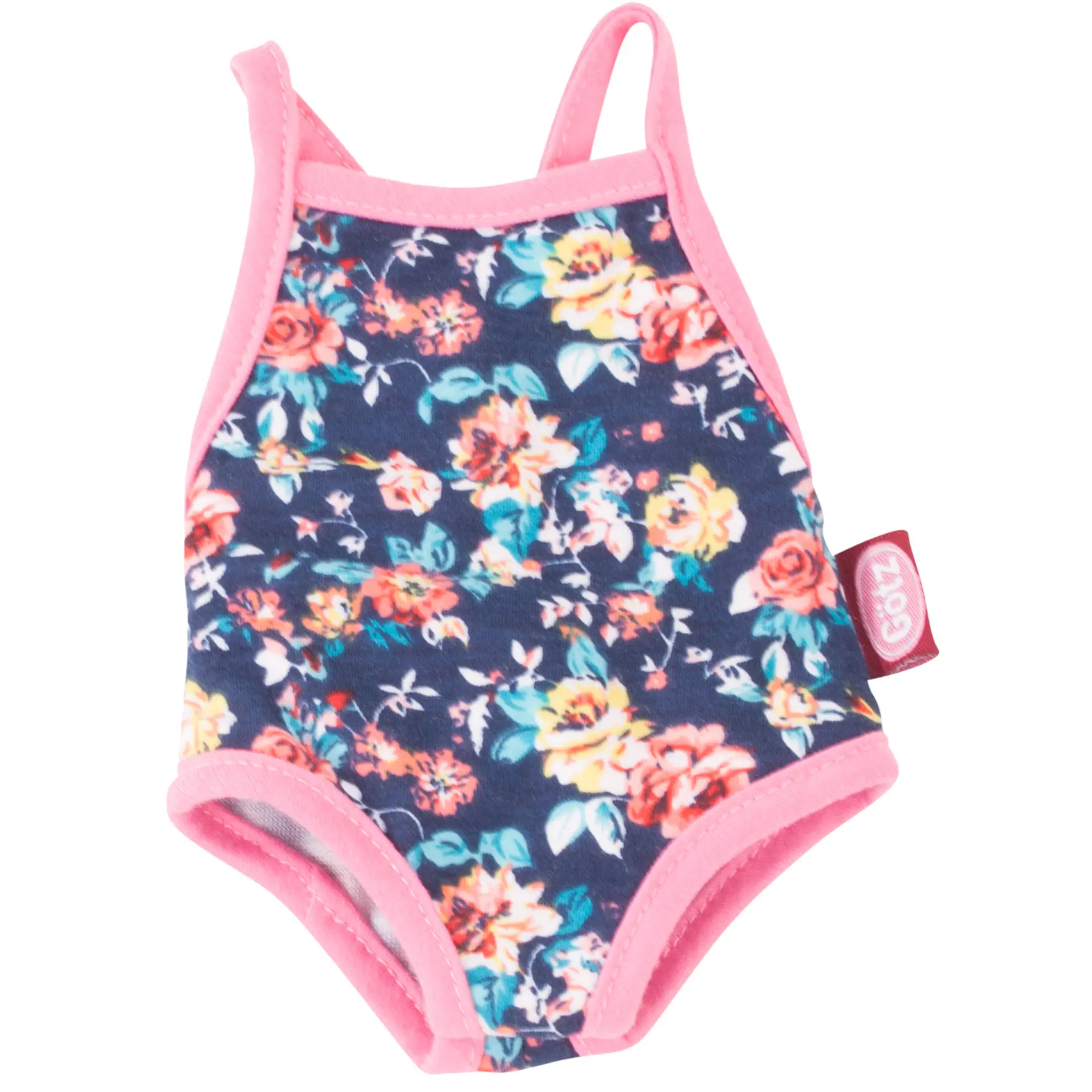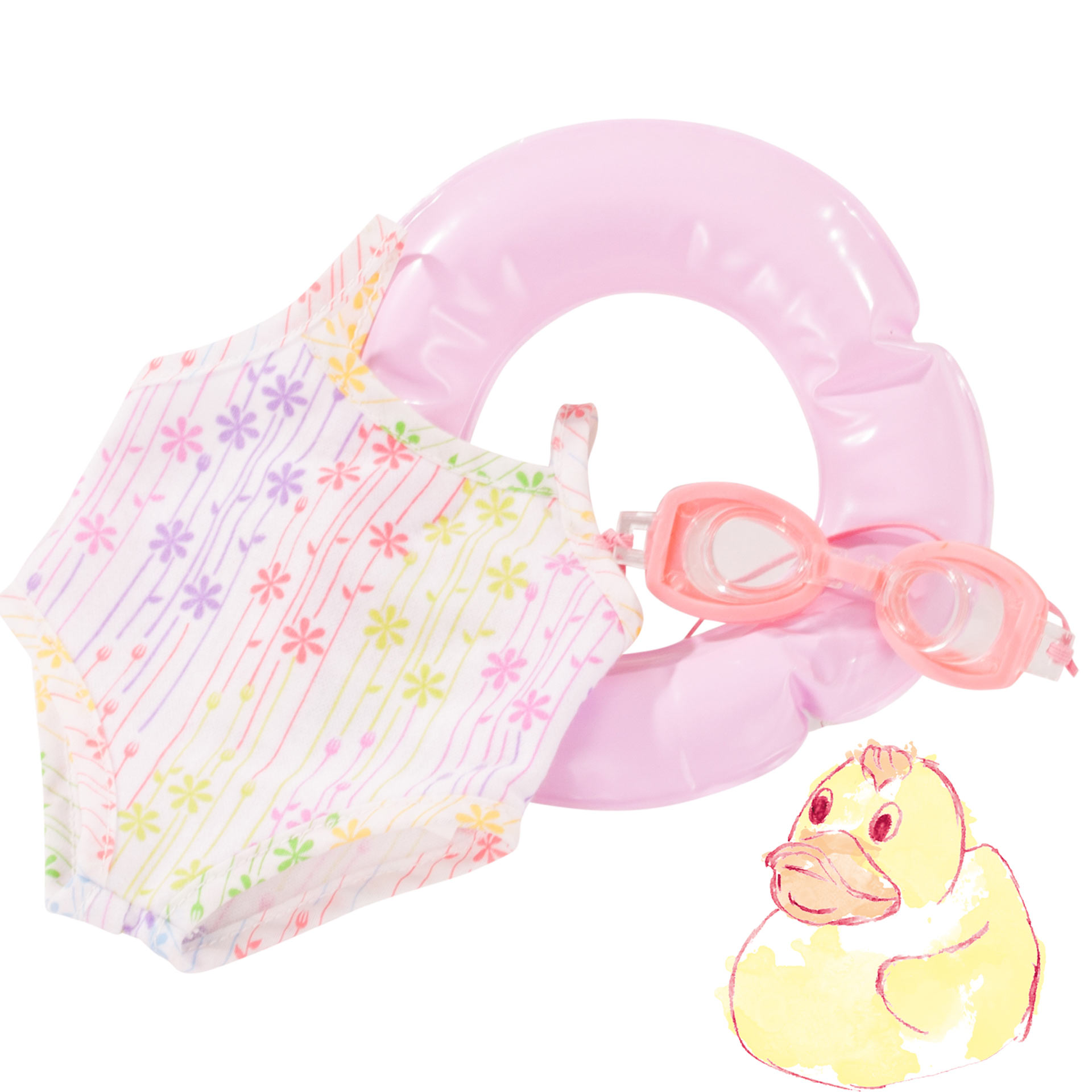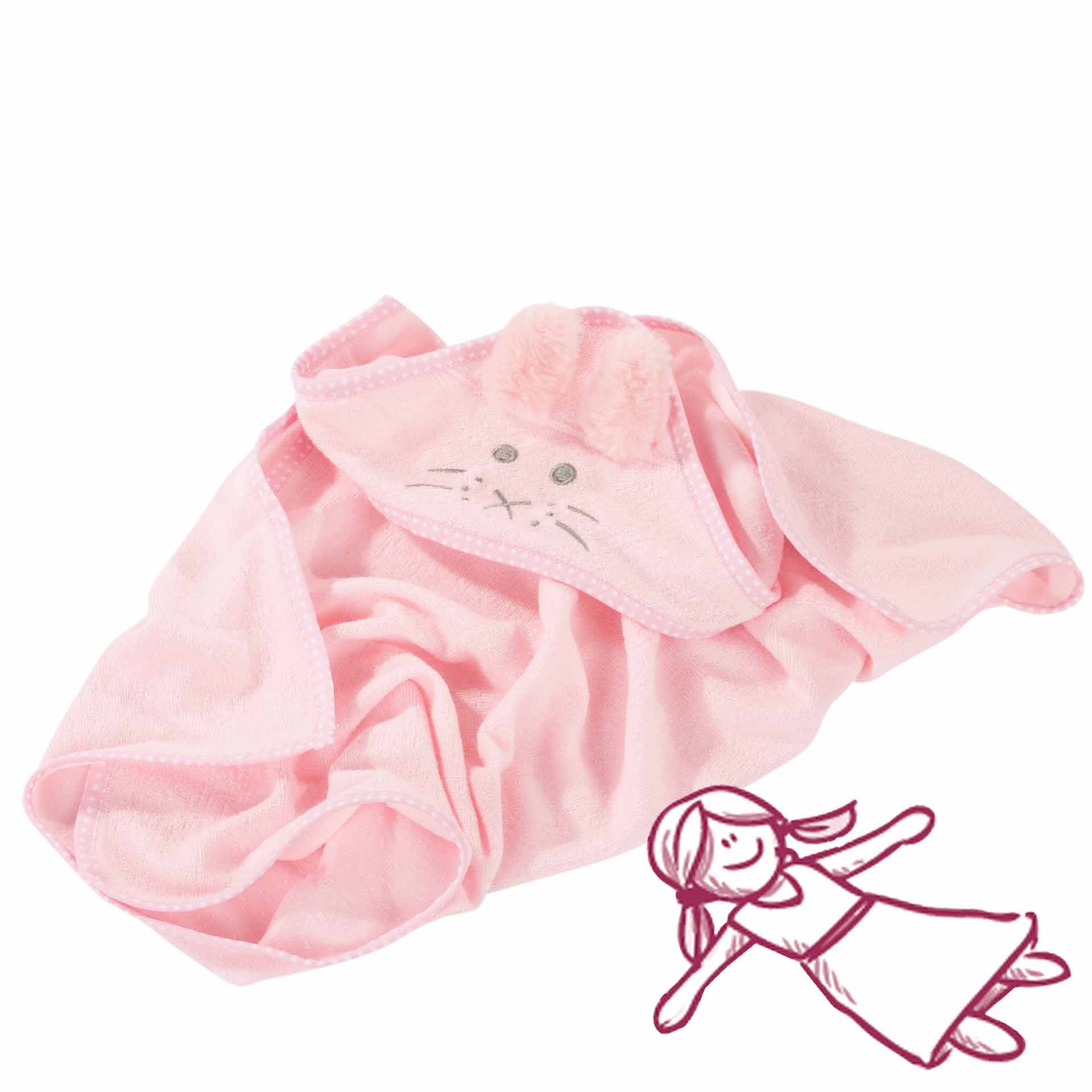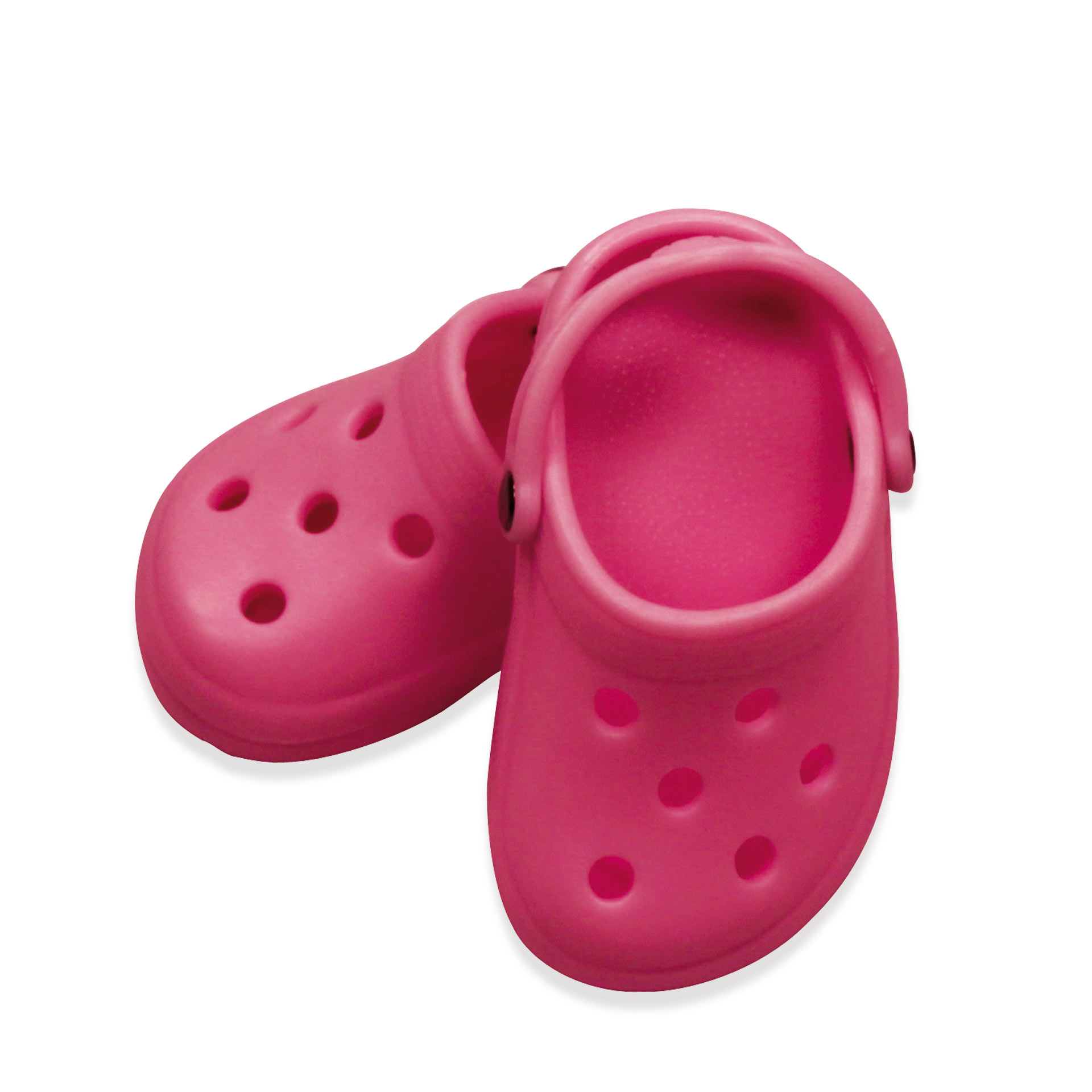Helpful tips for parents & children
Learning to swim is an important developmental milestone for children, where playful learning, safety in the water, and above all, fun take center stage.
Only when children approach water with joy can they get used to it more easily and develop a positive relationship with it. Our bath babies accompany them as familiar playmates who playfully invite them to splash and explore – encouraging a love of water from the very beginning and turning learning into an enjoyable experience.
Swimming is not only a great leisure activity, but also a vital life skill. Children who become familiar with water at an early age not only gain confidence in handling it, but also improve their motor skills, self-esteem, and physical fitness.
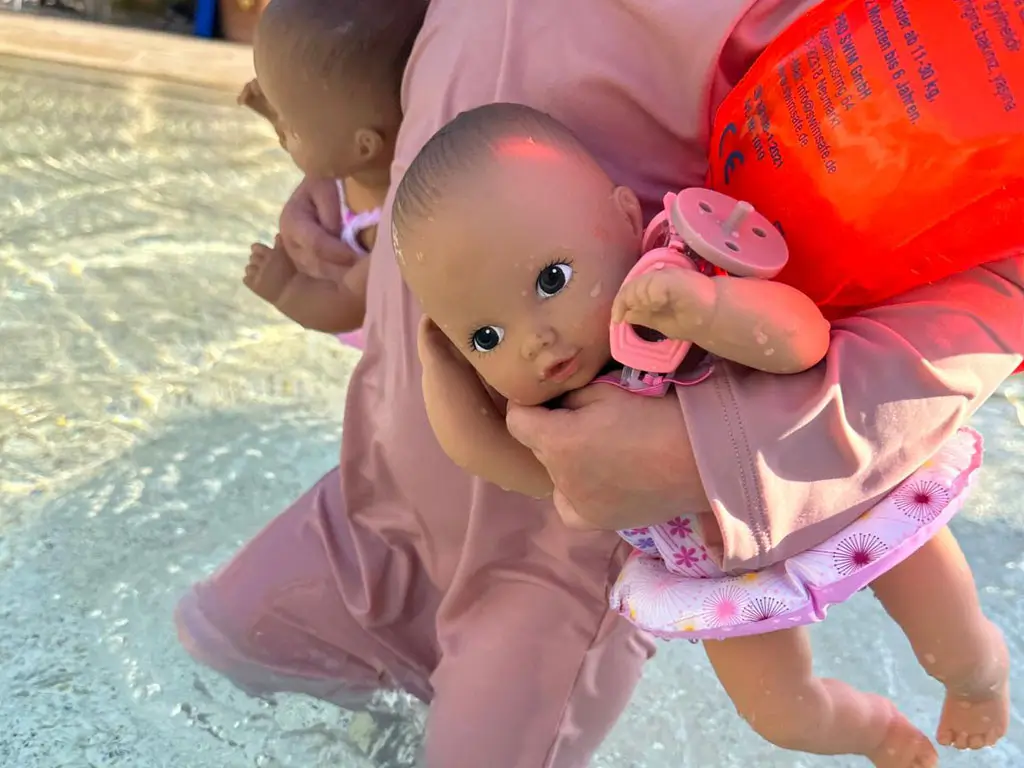
Getting used to water: the foundation for learning to swim
Bubbling, careful dousing of the head and face and floating on the back with arms and legs outstretched promote a positive feeling of being in the water and allay fears. A bath baby can act as a familiar companion and playfully convey a sense of security - even in the bath or paddling pool.
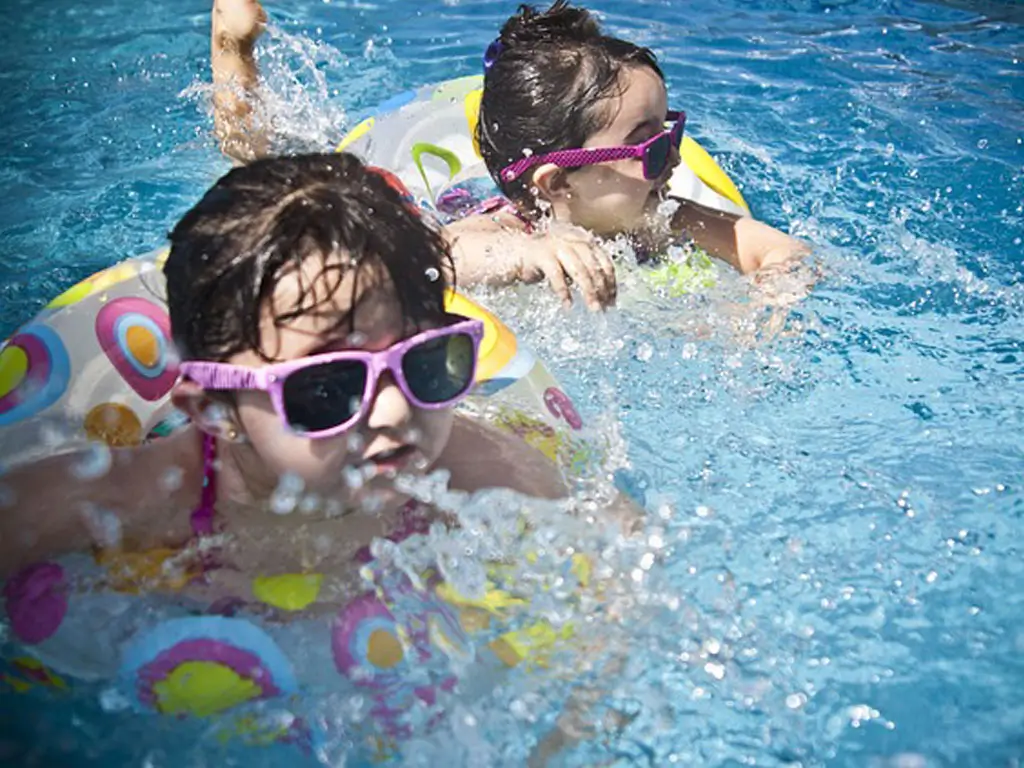
Step by step to becoming a little swimming pro
As soon as your child feels comfortable in the water, the first steps towards proper swimming can be taken. The following is particularly important here:
- No child learns to swim at the same pace – give your child the time they need to feel safe and confident, and consciously avoid pressure or comparisons. Instead, loving encouragement and praise for even the smallest progress help your child stay motivated and enjoy the experience.
- Safety always comes first – always stay close to your child, use age-appropriate swim aids for support (but never as a substitute for supervision), and make sure your child learns where potential dangers lie and how to behave responsibly in the water.
- The first swimming exercises should be playful and easy – simple movements like tummy swimming while holding the edge, gliding with outstretched arms, or paddling with a pool noodle help your child develop a feeling for the water. Make sure it’s fun and not overwhelming, and accompany your child patiently with each new attempt.
-
Small achievements can be hugely motivating - whether it’s going underwater for the first time, retrieving a diving ring, or swimming a few meters without help: celebrate these moments together with your child, because every new skill boosts their confidence and sparks the desire to keep going.
- Stay patient and positive – every child has their own personality and learning pace, and sometimes it just takes a few more tries. What matters most is that you remain calm, offer encouragement, and make your child feel that they are just right the way they are.
Parents' checklist for swimming pool visits
- Swim aids like arm floaties, swim rings, etc. can provide support but never replace supervision.
- Talk about rules in and around the water – for example, no running, no pushing, and looking out for each other.
- Avoid swimming on a full or empty stomach – this can strain circulation and muscles.
- Shower before and after swimming – for hygiene reasons and to help get used to the water temperature.
- In the sun: don’t forget sunscreen, a hat, and plenty of fluids.
The role of the bath baby in learning to swim
Bath babies are more than just toys – they are familiar companions that give children emotional security and a sense of not being alone.
They can help reduce fears and encourage children to approach new experiences with more courage.
Children often imitate their dolls’ play behavior – creating a loving role-play where the doll bravely takes the lead, encouraging the child to follow. This form of shared play strengthens the emotional bond, builds confidence in their own abilities, and makes learning to swim a positive experience.
Bath accessories for little water lovers
With a swim ring, UV-protective clothing, sun hat, and diving goggles, children are perfectly equipped for water fun.
While splashing, diving, and swimming, they playfully explore their surroundings, develop motor skills, and boost their self-confidence.
The experience becomes even more exciting when their favorite doll has its own bath accessories too.
Swim rings, sunglasses & more make role-playing especially vivid and encourage empathy as well as the imagination of little water lovers.
Summer, sun, sun protection
5 tips for optimal sun protection for children:
1. Apply sunscreen at least 20-30 minutes before going outdoors.
2. Reapply every 2-3 hours and after splashing in the water.
3. UV-protective clothing and swim caps provide extra protection during prolonged sun exposure.
4. Children under 2 years old should avoid direct sunlight as much as possible.
5. Look for shady spots – especially during midday between 11 a.m. and 3 p.m.
Goetz tip: First, apply sunscreen to the bath baby and put on its sun hat – then it’s the child’s turn.
This way, children learn playfully how important sun protection is.
✔️ Small groups, so each child gets proper attention
✔️ Trained, empathetic swimming instructors
✔️ Playful, age-appropriate teaching methods
✔️ Individual support at each child’s own pace
✔️ A safe, patient setting with a positive atmosphere
The Baby Pure Lina and Linus bath babies made of soft natural rubber are suitable from 0 months.
Some Aquini and Cosy Aquini models without hair are suitable for children from 18 months. They are easy to handle and ideal for first water role-play.
Bath babies with hair or more detailed accessories are recommended for children aged 3 and up due to their features.
Cosy Aquinis
These dolls have a soft fabric body and can be hand-washed or machine-washed at 30 °C. For machine washing, we recommend placing the doll in a color-neutral pillowcase to avoid any dye transfer.
Aquinis
These dolls have a drinking and potty function, meaning they can be fed and will then pee. To keep the doll clean, it's important to rinse the inside thoroughly after feeding (please use only water) and after bathing. Proper cleaning prevents buildup inside the doll and ensures long-lasting enjoyment.
Maxy Aquinis
These bath babies should be placed on the potty after bath time so that any water inside can drain out.
No matter the model, the doll can be wiped down with a damp cloth and mild detergent if needed. The hair can also be washed, combed, and styled.


